Mercury Motion specializes in high end micro motors, such as brushless motors, gear motors, stepper motors…etc. With well-trained workers and excellent R&D teams, we have produced 10 million motors. We entered the micro DC motor industry in early 2009. So far, we have more than 1000 series of products. These products are widely used in cars and other industries.
Product name
| 10 mm coreless motor
| Keyword
| 0720 coreless motor,coreless servo motor,1020 coreless motor any good,coreless motor torque,20mm coreless motor,6x15mm coreless motor
| | Place of Origin | China | Rated
| DC 5V
| Type
| GEAR MOTOR
| Total length
| 60.9-69mm, (Contact us for specific information to confirm)
| Applicable Industries
| automatic curtain, etc.
| Weight
| 14kg
| Product Description
| A gear motor is a type of motor that incorporates gears into its design to achieve a specific speed and torque output. It typically consists of a motor, a gearbox, and a series of gears that work together to control the motor's speed and power.
| Life span
| 13 years (Contact us for specific information to confirm)
| Advantage
| We keep good quality and competitive price to ensure our customers benefit
| Packing
| 100x78x105mm(Contact us for specific information to confirm)
| Sales country
| All over the world for example:Peru,Malawi,Belize,Jordan,Liechtenstein
| MOQ
| 23pcs(Contact us for specific information to confirm)
|
Please contact us for details about Precision Motors
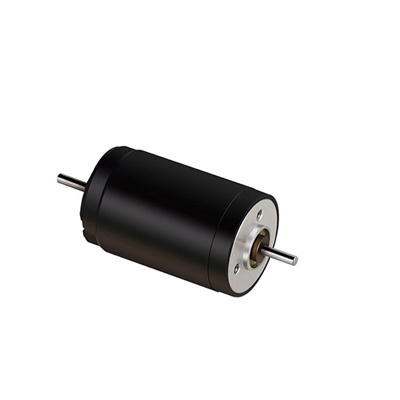
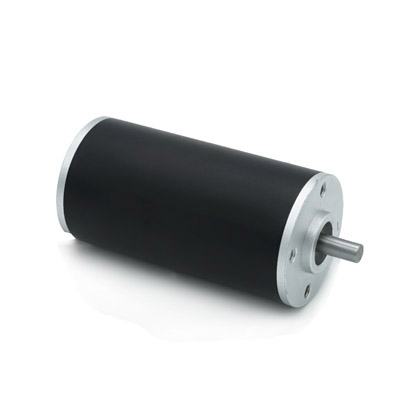
For more information about GM Planetary Gear Motors, please contact us. 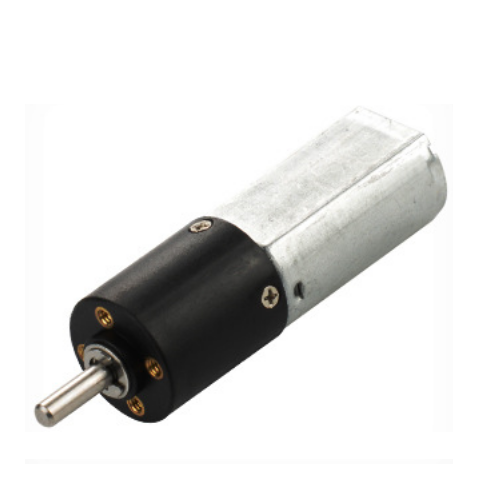
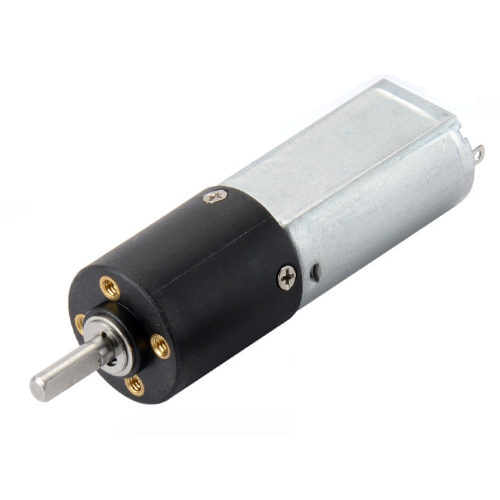
Please contact us for details about Spur Gear Motors 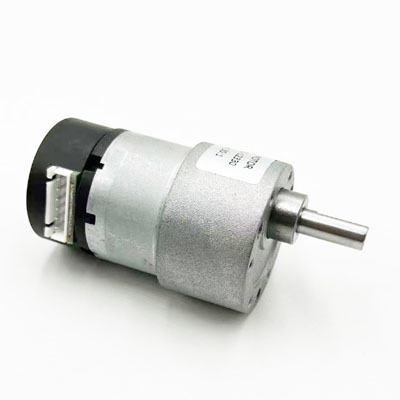
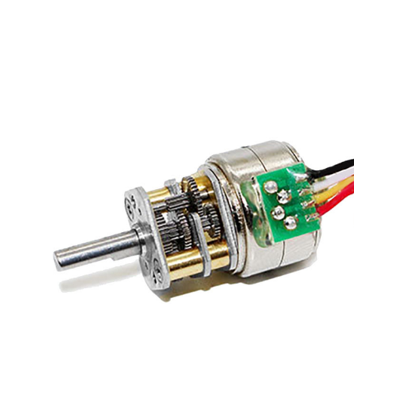
FAQs Guide
1.How does a gear motor improve efficiency?
2.How do you calculate the gear ratio for a gear motor?
3.Do gear motors have any limitations on direction of rotation? 1.How does a gear motor improve efficiency? We adhere to the principle of quality first and have a complete production quality management system and quality inspection process.
1. Compact Design: Gear motors have a compact design, which allows them to be more efficient in terms of space utilization. This means that they can be used in smaller spaces and still provide the same level of power and torque as larger motors.
2. Increased Torque: Gear motors use gears to increase the torque output, which means that they can provide more power with less energy input. This makes them more efficient than other types of motors that do not use gears.
3. Reduced Friction: The use of gears in gear motors helps to reduce friction between moving parts, which in turn reduces energy loss and improves efficiency.
4. Lower Energy Consumption: Due to their increased torque and reduced friction, gear motors require less energy to operate, making them more energy-efficient.
5. Precise Speed Control: Gear motors have precise speed control capabilities, which means that they can maintain a constant speed even under varying loads. This helps to reduce energy consumption and improve efficiency.
6. Durability: Gear motors are designed to be durable and have a longer lifespan compared to other types of motors. This means that they require less maintenance and replacement, making them more efficient in the long run.
7. Versatility: Gear motors can be used in a wide range of applications, from industrial machinery to household appliances. This versatility makes them a more efficient choice as they can be used in various settings and perform different tasks.
8. Cost-Effective: Due to their compact design, increased torque, and reduced energy consumption, gear motors can be a cost-effective option in the long run. They may have a higher upfront cost, but their efficiency can result in significant cost savings over time. 2.How do you calculate the gear ratio for a gear motor? Our products & services cover a wide range of areas and meet the needs of different fields.
The gear ratio for a gear motor can be calculated by dividing the number of teeth on the driven gear (the gear attached to the output shaft) by the number of teeth on the driving gear (the gear attached to the motor shaft). This can be expressed as a ratio, such as 2:1 or 3:1, or as a decimal, such as 0.5 or 0.33.
For example, if the driven gear has 20 teeth and the driving gear has 10 teeth, the gear ratio would be 20/10 = 2:1 or 20 ÷ 10 = 2. This means that for every one revolution of the motor shaft, the output shaft will make two revolutions.
It is important to note that the gear ratio only takes into account the number of teeth on the gears and does not consider the size or diameter of the gears. The size of the gears can also affect the overall speed and torque of the gear motor. 3.Do gear motors have any limitations on direction of rotation? We pay attention to user experience and product quality, and provide the best product quality and lowest production cost for cooperative customers.
Yes, gear motors have limitations on the direction of rotation. The direction of rotation is determined by the design and arrangement of the gears within the motor. Some gear motors may have a fixed direction of rotation, while others may have the ability to rotate in both clockwise and counterclockwise directions. The direction of rotation can also be controlled by the motor's wiring and electrical connections.
Tag:how high should a staircase chandelier be,staircase chandelier home depot
|


